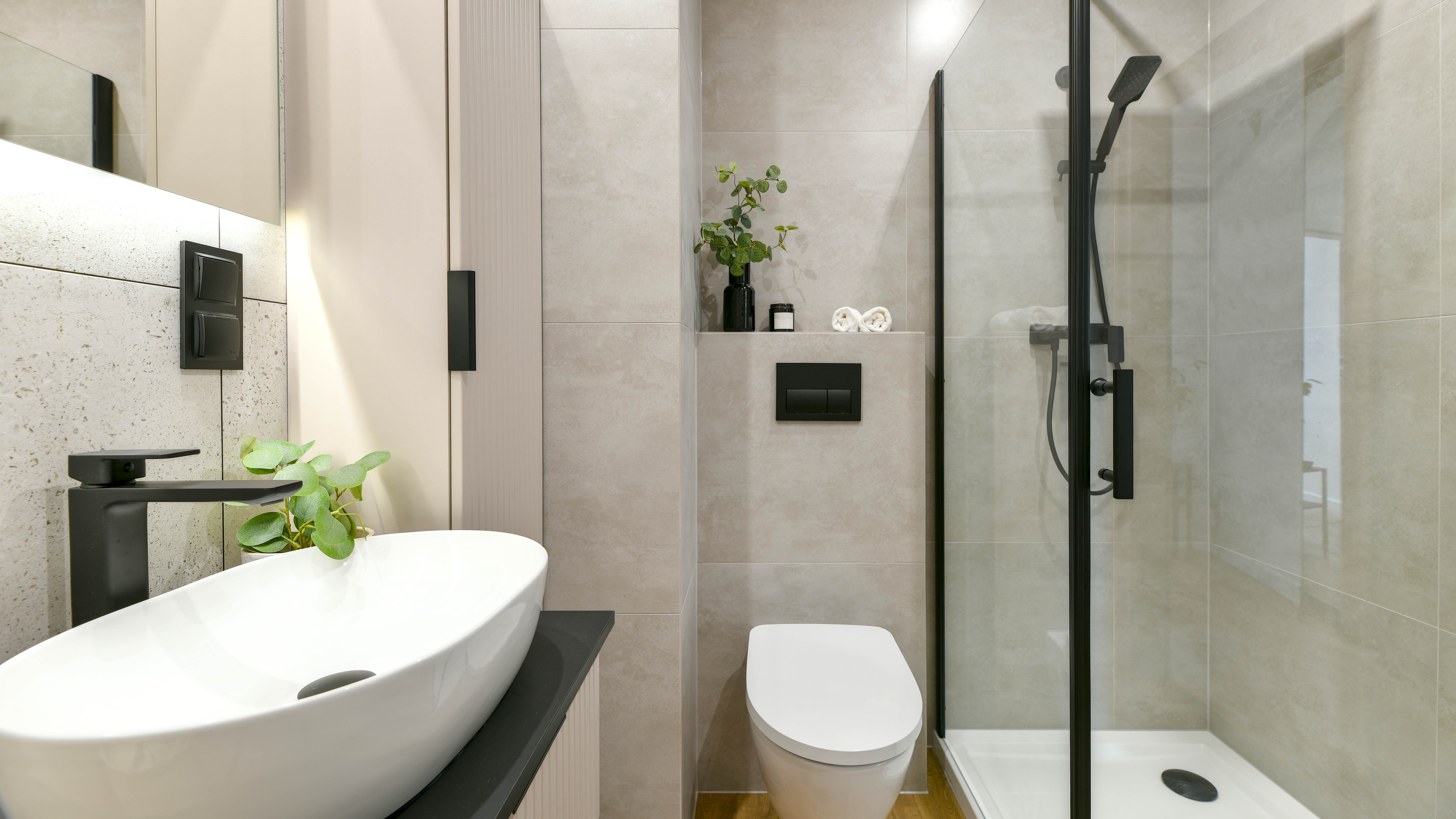
Good ventilation is essential for any room or enclosed space. Not only does it circulate fresh air and remove odors, but it also reduces condensation or the risk of mold in your home . If left untreated, mold and mildew can seriously affect your health if spores are inhaled.
And while the most obvious solution would be to open a window, what happens when your room is windowless? Be it a small bathroom, restroom, or basement, such spaces are prone to excess humidity without proper ventilation. Luckily, there are some clever ways you can ventilate a room with no windows. Best of all, these are affordable solutions — without having to renovate your entire home! 1.
Invest in a dehumidifier If you want to tackle high levels of humidity, having one of the best dehumidifiers can effectively reduce air moisture. Additionally, these appliances can help to get rid of odors and help to eliminate dust and airborne allergens. Typically, a dehumidifier works by circulating the air while pulling out moisture to reduce humidity.
There are two types — a compressor dehumidifier that draws moisture over a coil cooled to a very low temperature by a refrigeration system. Or a desiccant dehumidifier that draws moisture in over a filter and passes over an absorbent material called Zeolite. An internal heater or fan will then blow warm dry air across the Zeolite, condensing the moisture into water which is collected into a tank.
Most households tend to opt for the compressor dehumidifier due to its fast water extraction and energy efficiency. Alternatively, if you don’t have the space or budget to run a dehumidifier, you could try moisture absorbers as a short-term solution. These absorber boxes are filled with globular calcium chloride particles that can trap moisture in the air.
As the dehumidification goes on, they will finally melt and turn to liquid. In which case, you’ll need to replace it. For more top tips, check out our guide on, Dehumidifier vs moisture absorber — what’s the difference? 2.
Install a vent fan Another common method of adding ventilation is to install a vent fan. This is particularly beneficial for high humidity rooms such as showers/wet rooms, small kitchens and bathrooms. Generally, there are three main types of fan.
The most common are sxial fans, which are ducted to outside through a wall or the ceiling. Centrifugal extractors are better for rooms with no external walls and work in a way that produces more pressure than axial fans, allowing them to propel air through much longer duct runs. The third type are inline vents, which are usually installed in attic spaces and are far more powerful.
If you do consider installing vent fans in a kitchen or bathroom, any electrical installation should always be done by a qualified electrician or professional. 3. Use a standing fan If you’re unable to install vent fans in your bathroom or kitchen, you could use a standalone fan in the room.
This will help to circulate air around, and remove humidity. “Turning on fans helps to keep air moving, and in most cases this can help to dry it out, if there is a lot of water trapped within the molecules,” adds Bethany Uribe, mold and water damage team leader, ASAP Restoration LLC . “If the room has a vent fan, then using this will be the most effective way of drying the area out without the use of a dehumidifier.
In addition to aiding in the dry-out process, fans will help ensure the moving air doesn’t allow for mold spores to grow. Mold loves stagnant moist warm air, and the faster it moves and dries out, the less chance there is for an issue.” An expert tip is to point the fans towards an open door (if possible) so that they’re consistently pushing warm air outside.
4. Install a portable AC Another solution for windowless rooms is having a portable or ductless mini-split system air conditioner. Not only can AC cool and circulate air but reduce humidity levels.
In addition, portable air conditioners don't take up too much space in the home, and can be moved around when required. You can find a suitable air conditioner to suit small spaces, like the EcoFlow Wave 2 that we rated as the best portable AC in our best smart air conditioners guide. Just remember to keep it maintained and regularly change the filter.
Typically, dirty filters have a build-up of dust or germs that can affect the overall quality of the air that you’re breathing in on a daily basis. 5. Try air-purifying plants Houseplants are a great way to bring the outdoors in and add a touch of nature.
But, did you know that there are certain types that can help to purify and improve air quality? Popular plants such as aloe vera, snake plants, peace lily, and red-edged dracaena are known to help improve the air quality in your home. In a 1989 NASA study , it found that plants absorb volatile organic compounds (VOCs) from the air using their leaves and roots. VOCs such as benzene, toluene and formaldehyde, to name a few, can be absorbed.
During photosynthesis, the plant will convert light, carbon dioxide and water into carbohydrates, which the plant needs to live. As a result, oxygen is generated and released into our air. What’s more, such houseplants can prevent mold in your home and bring moisture levels down in the air — which are ideal for windowless bathrooms and kitchens.
More from Tom's Guide.














